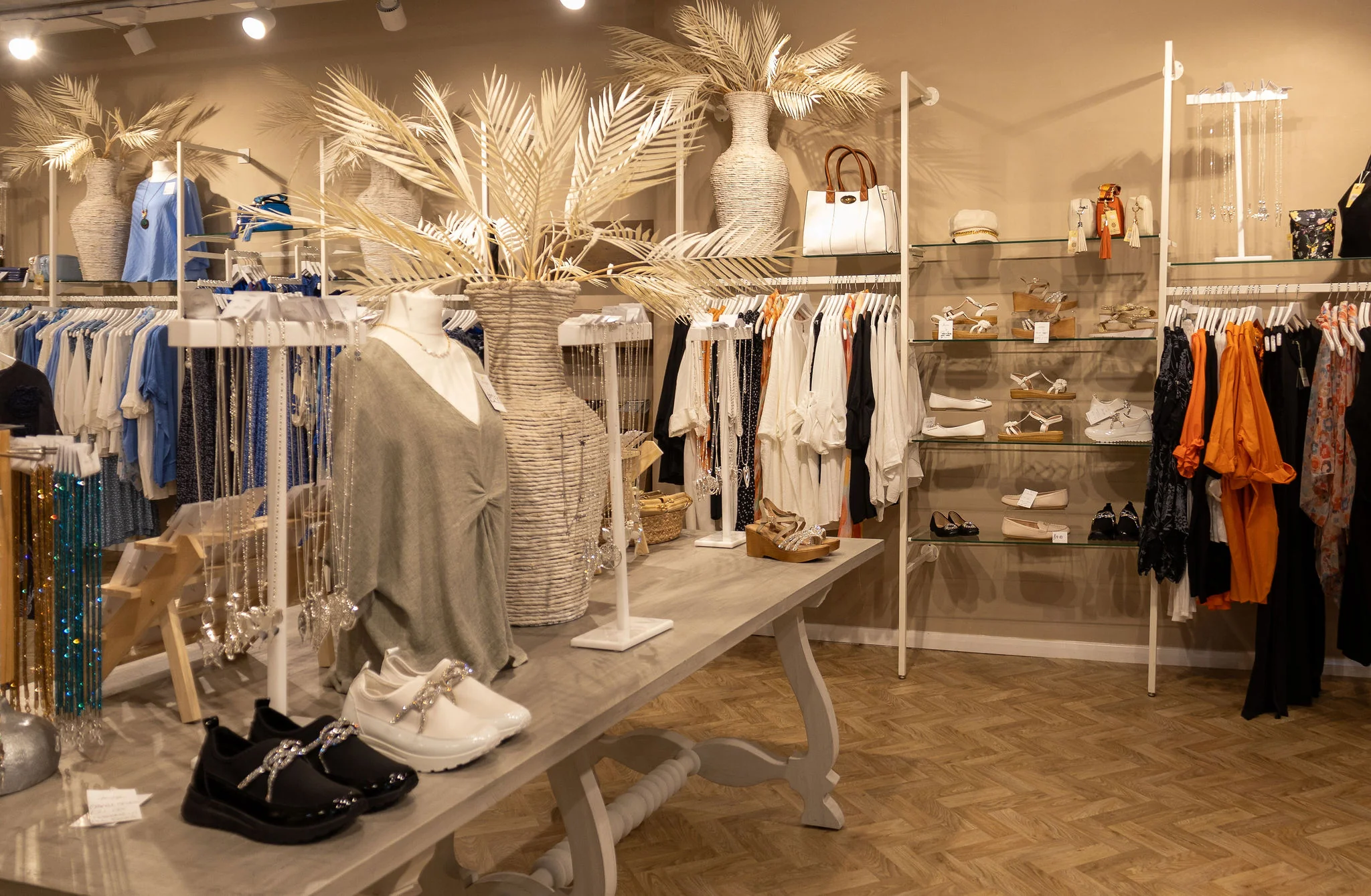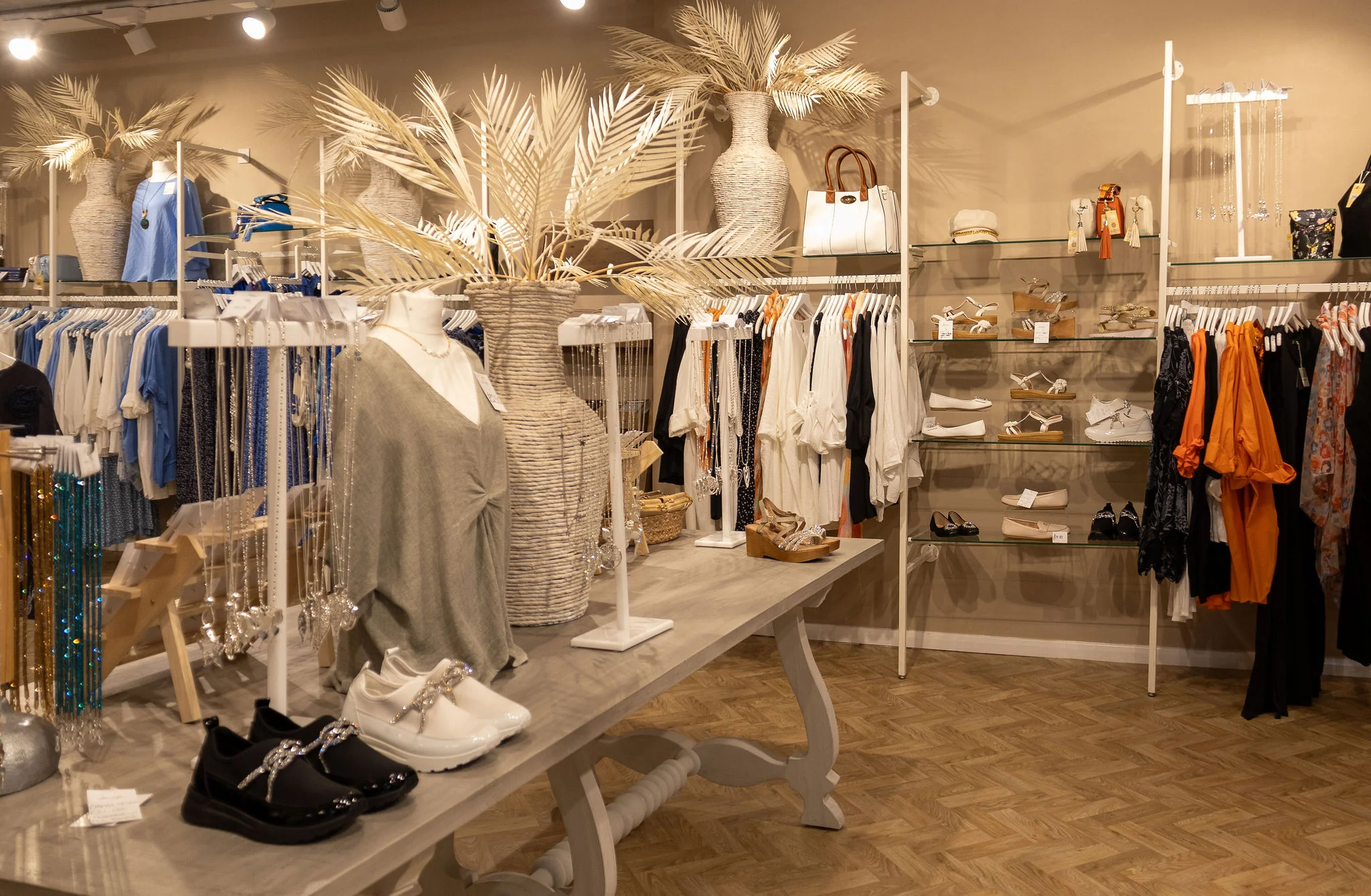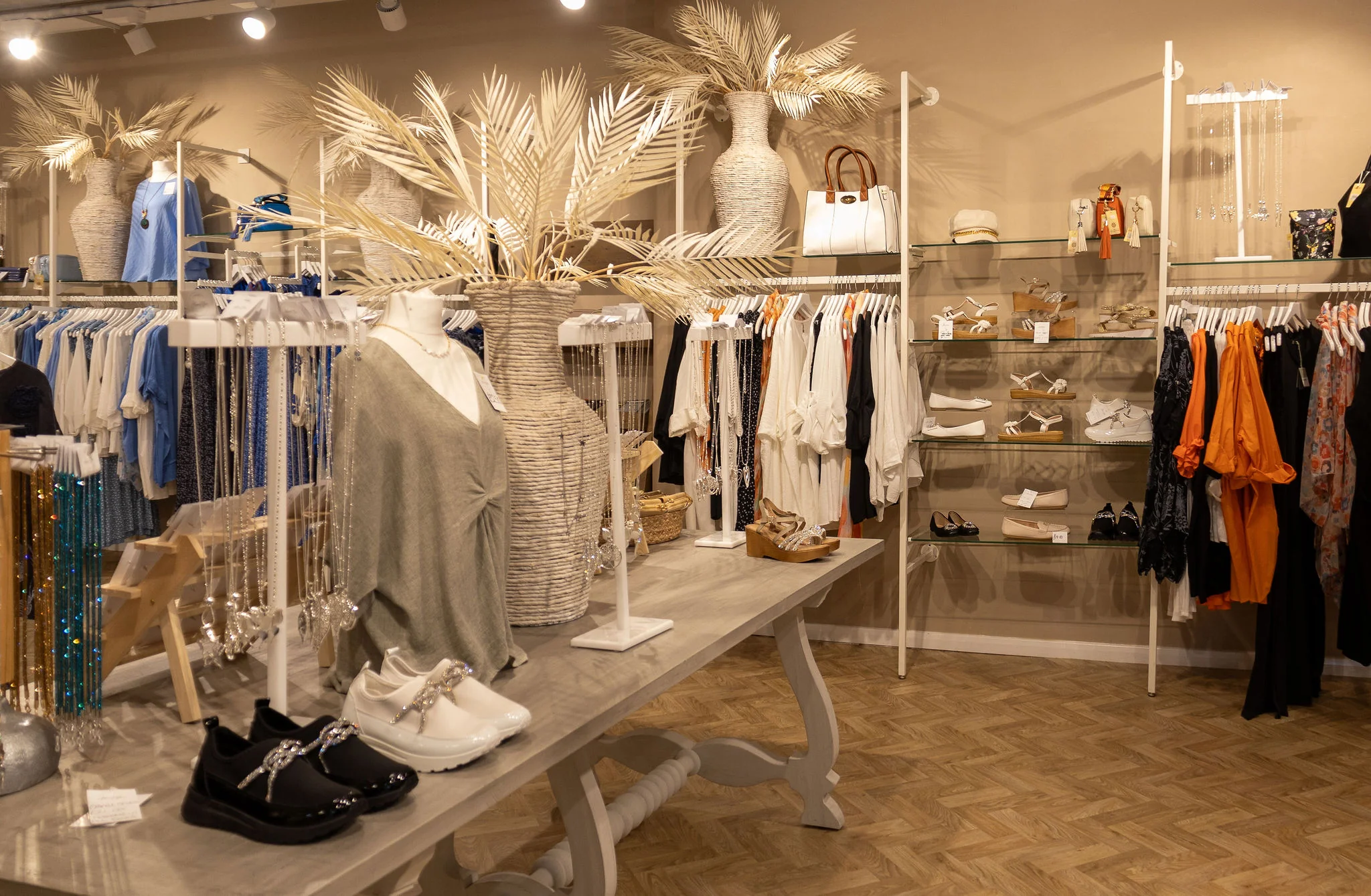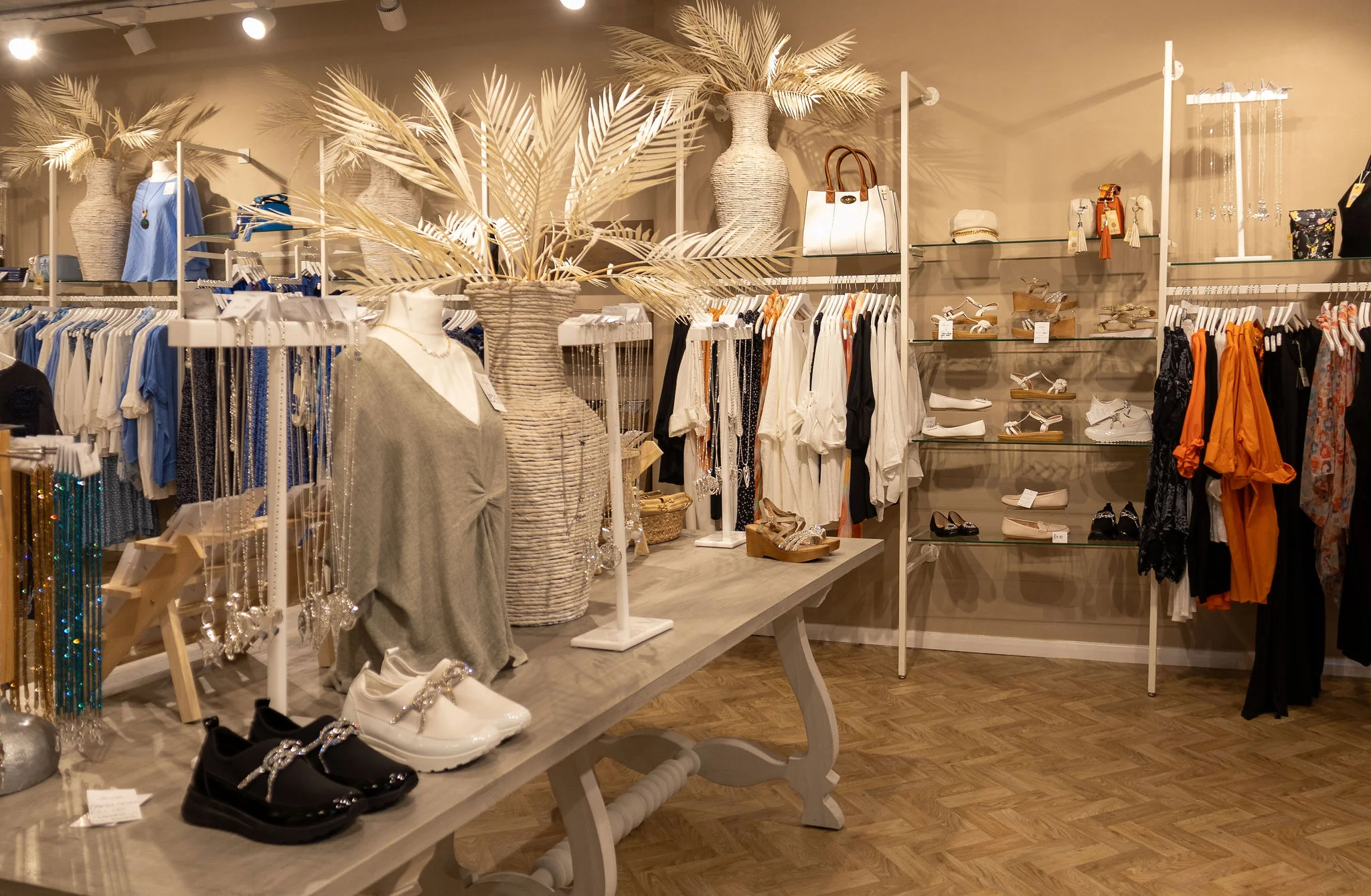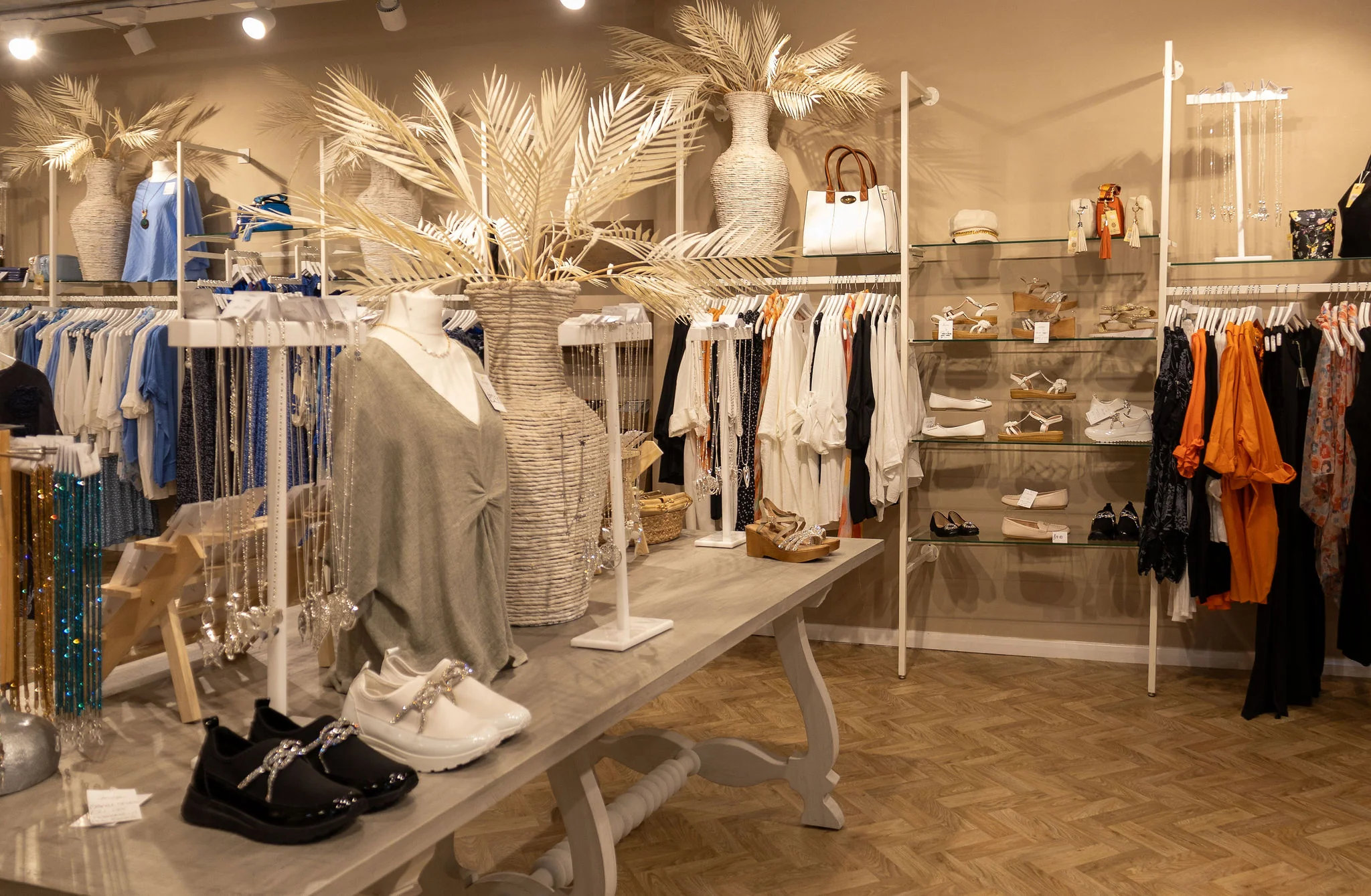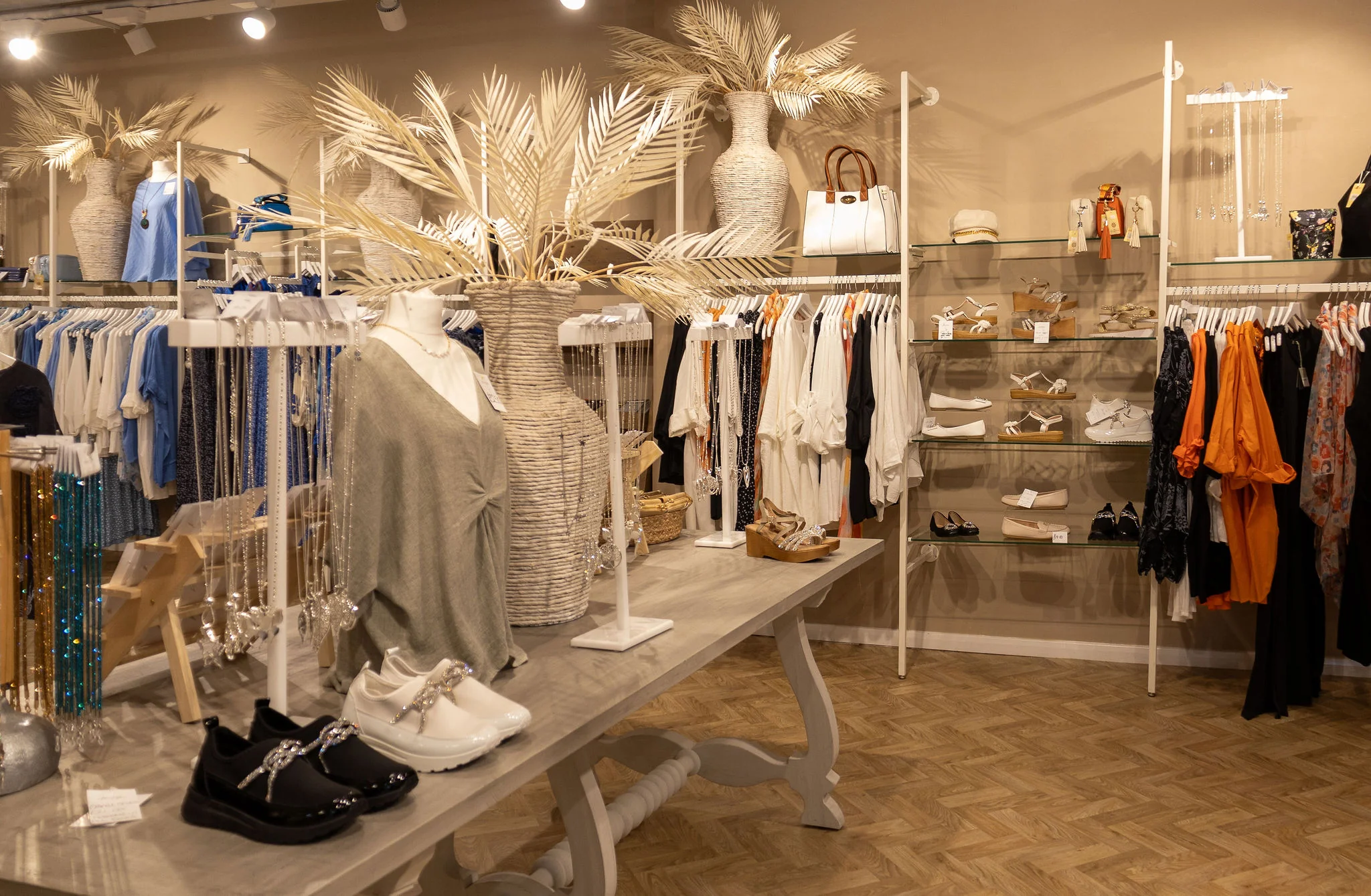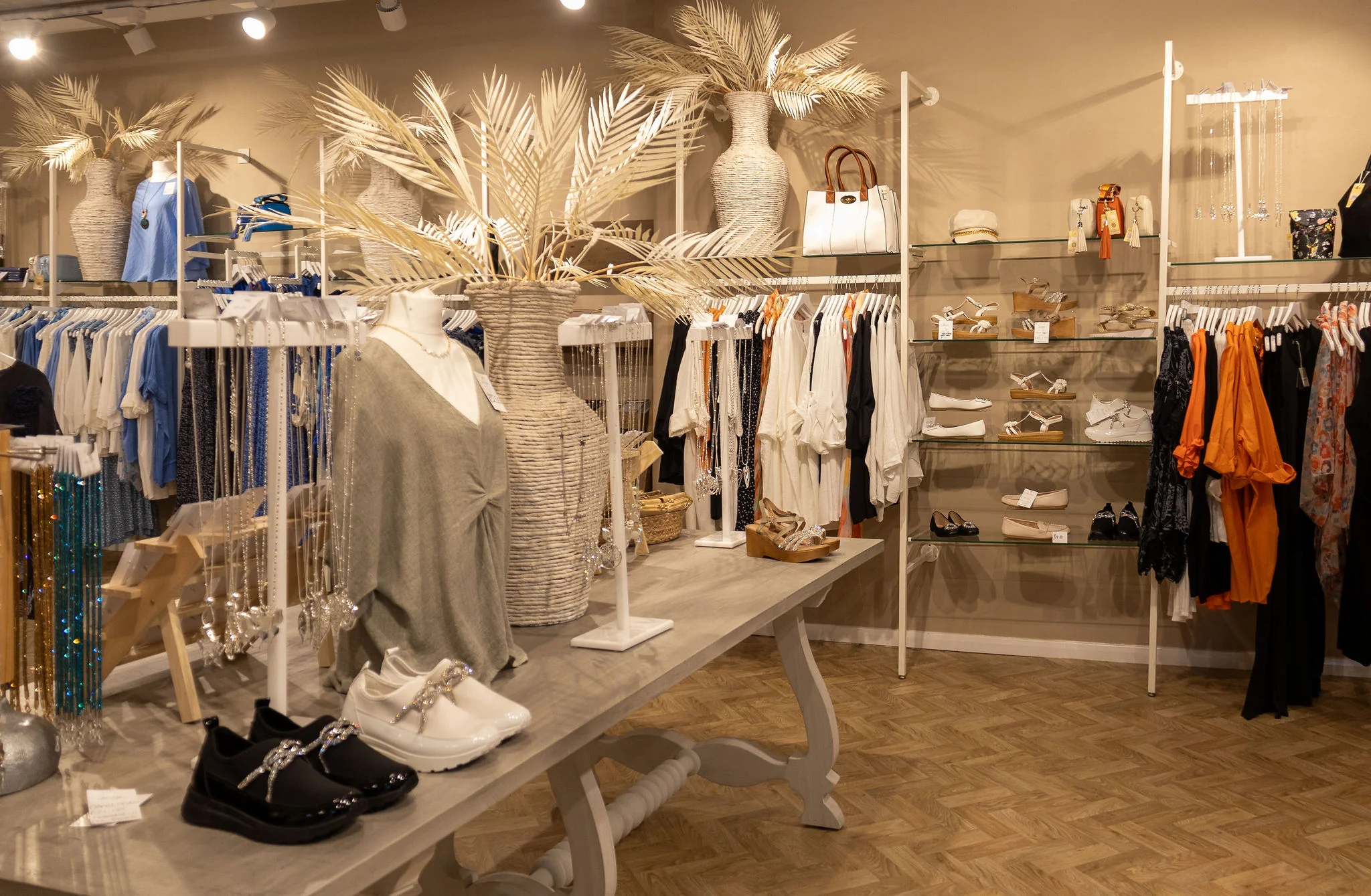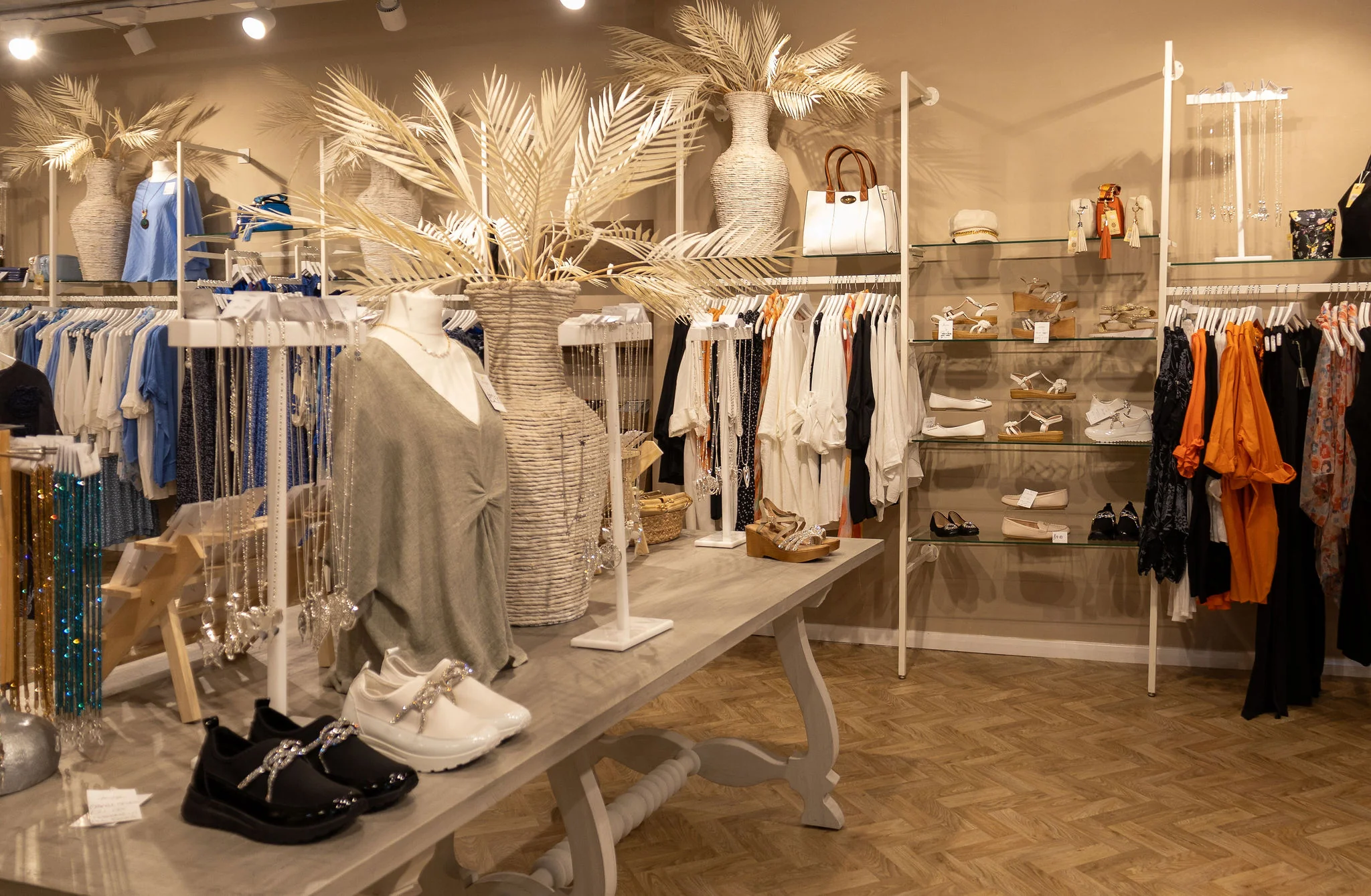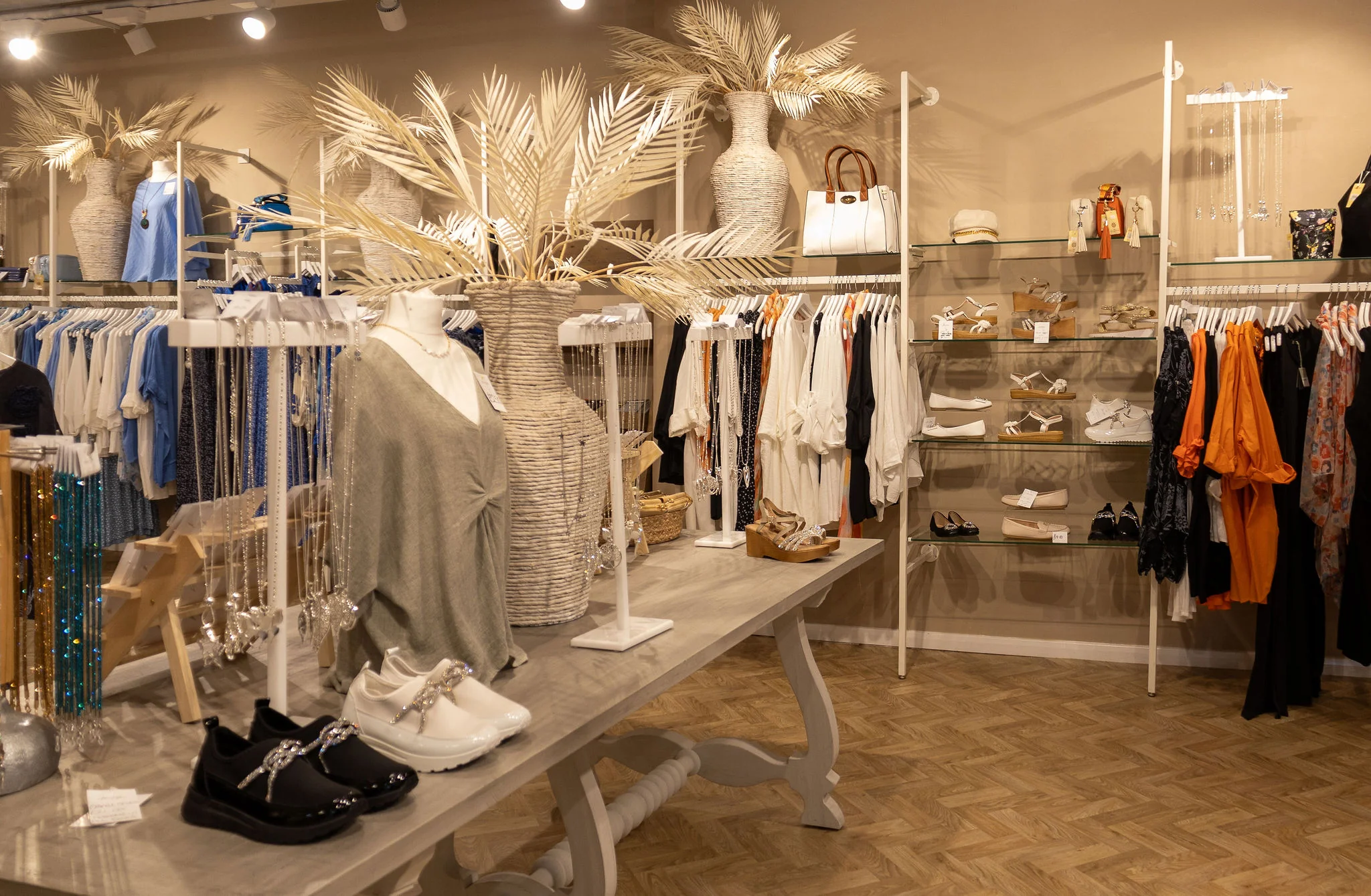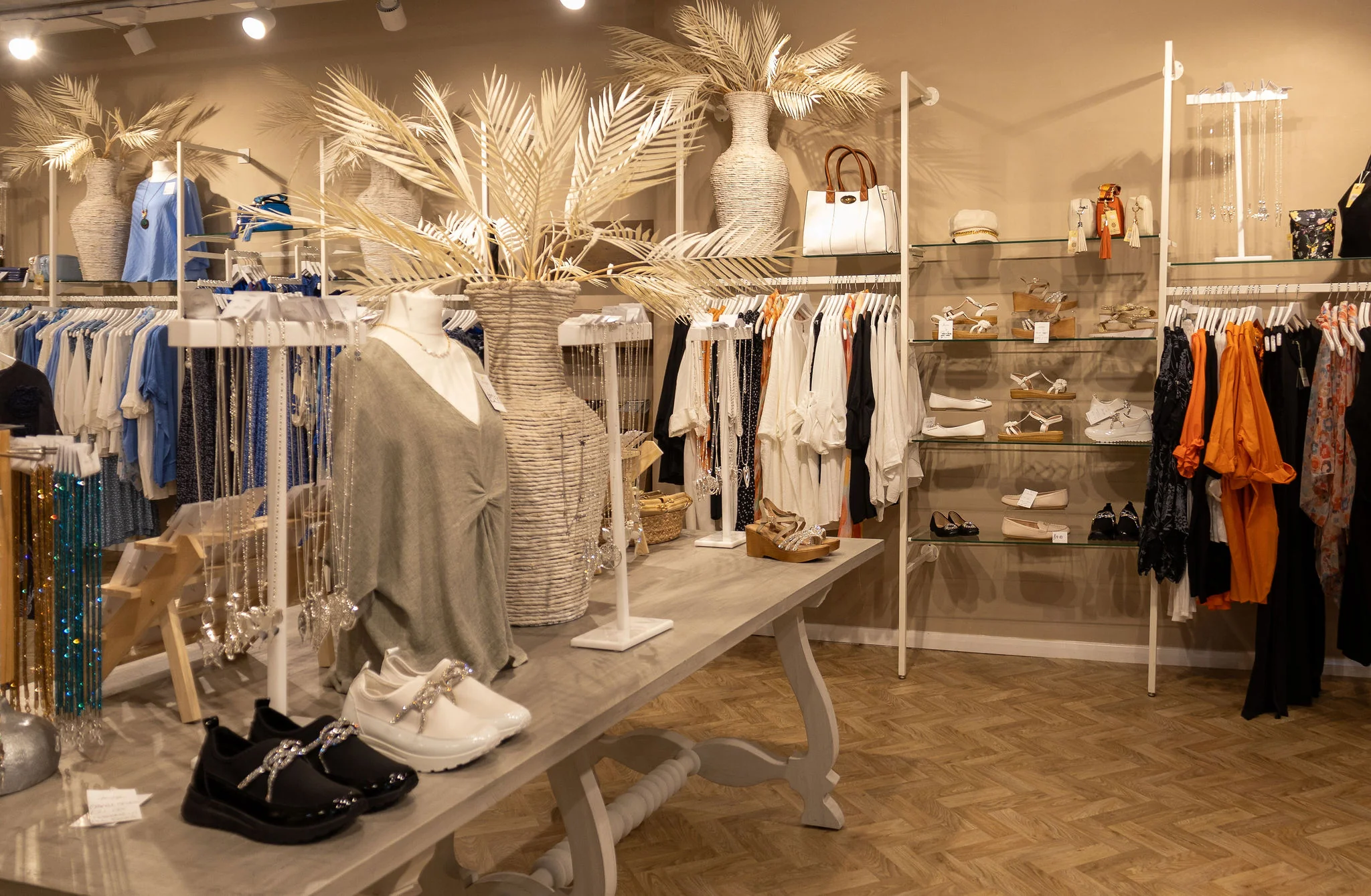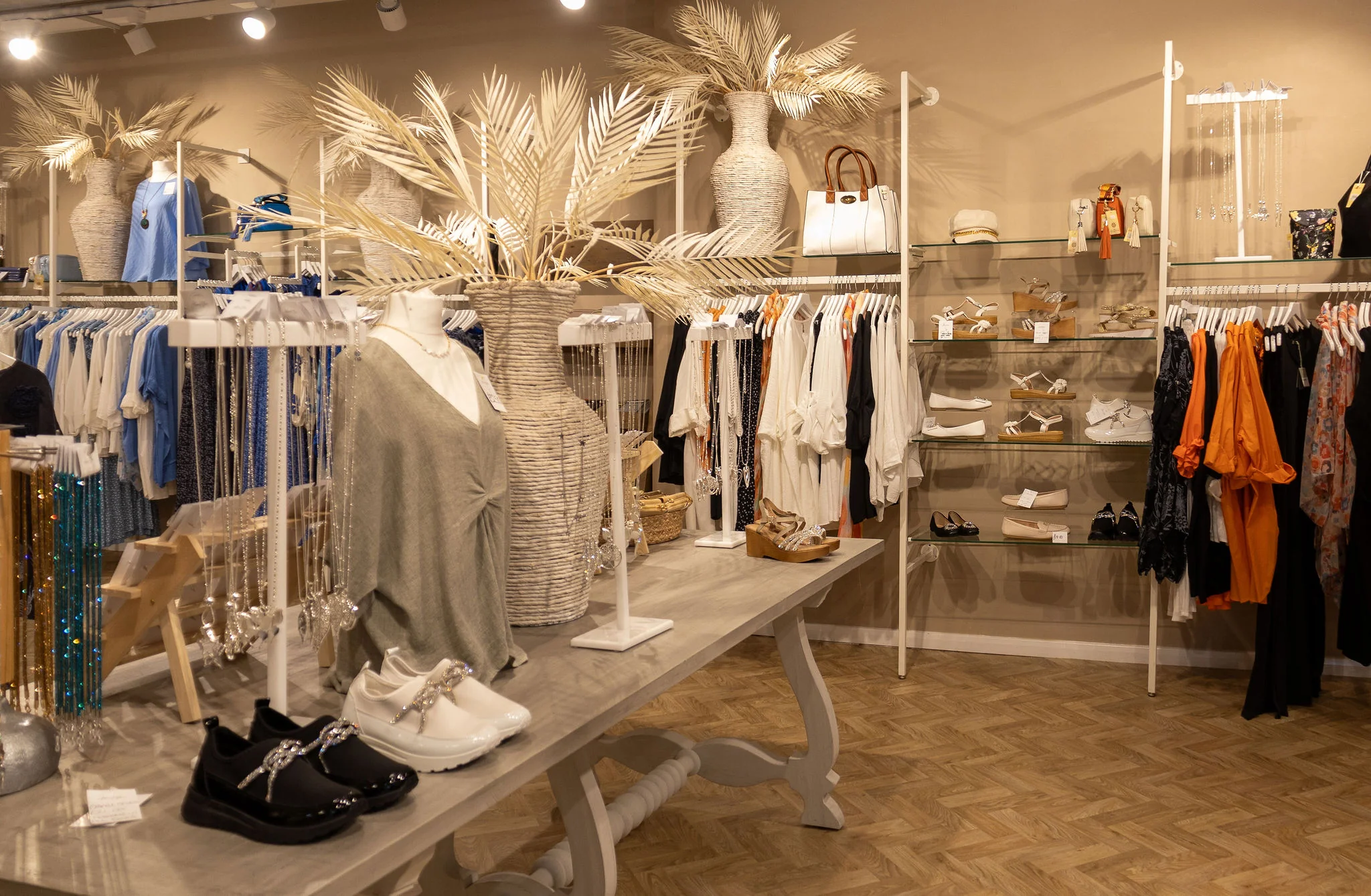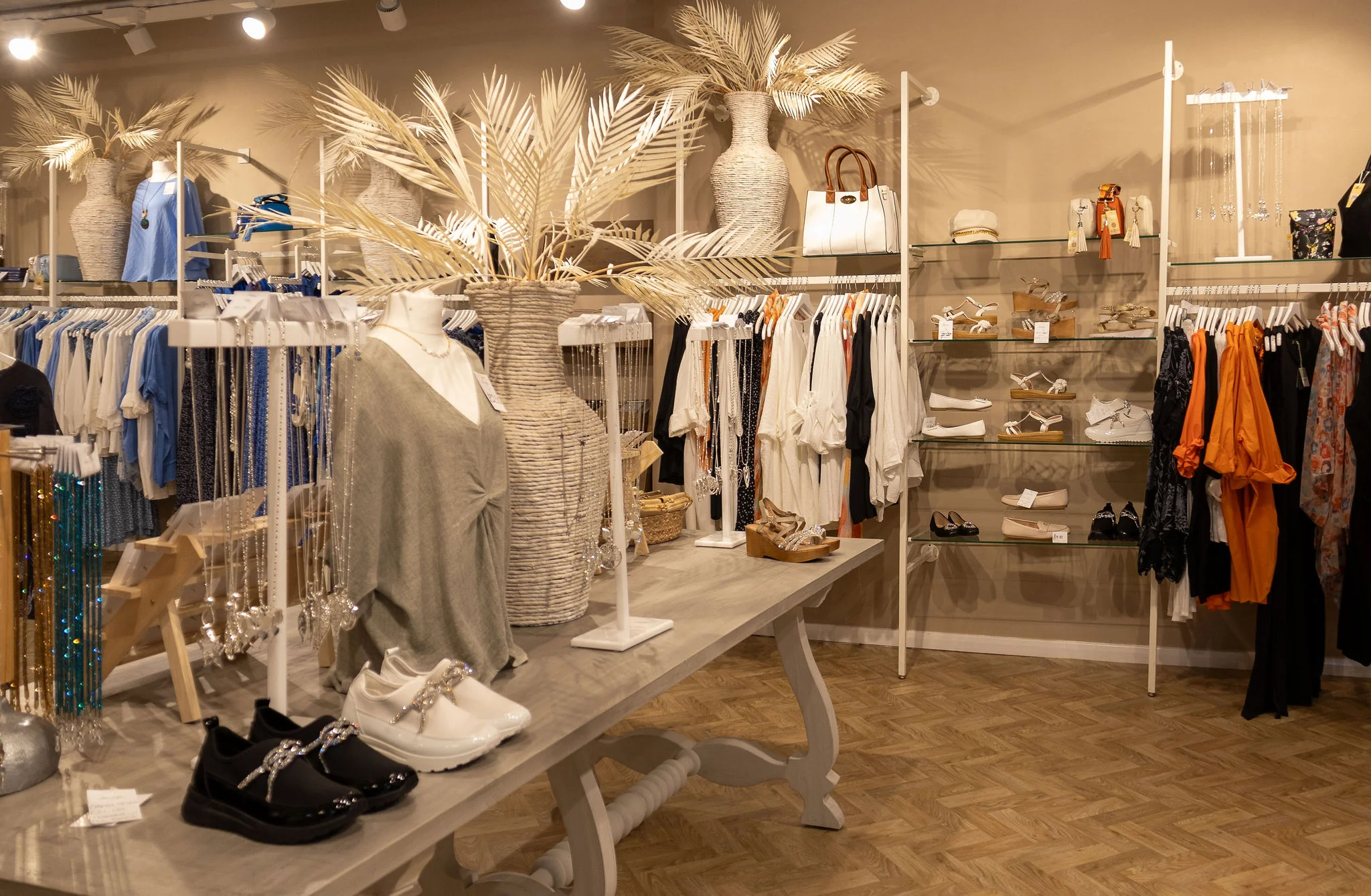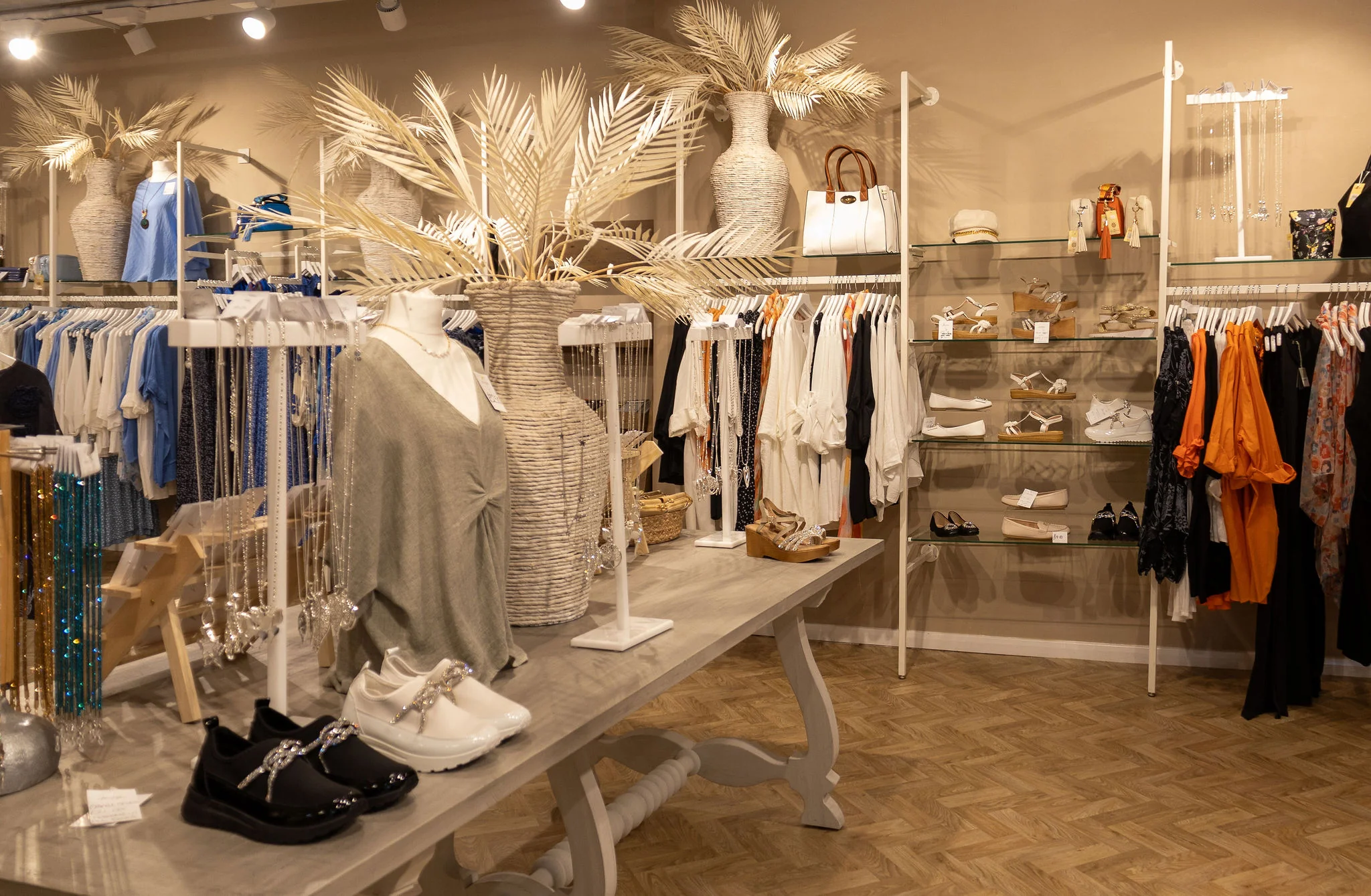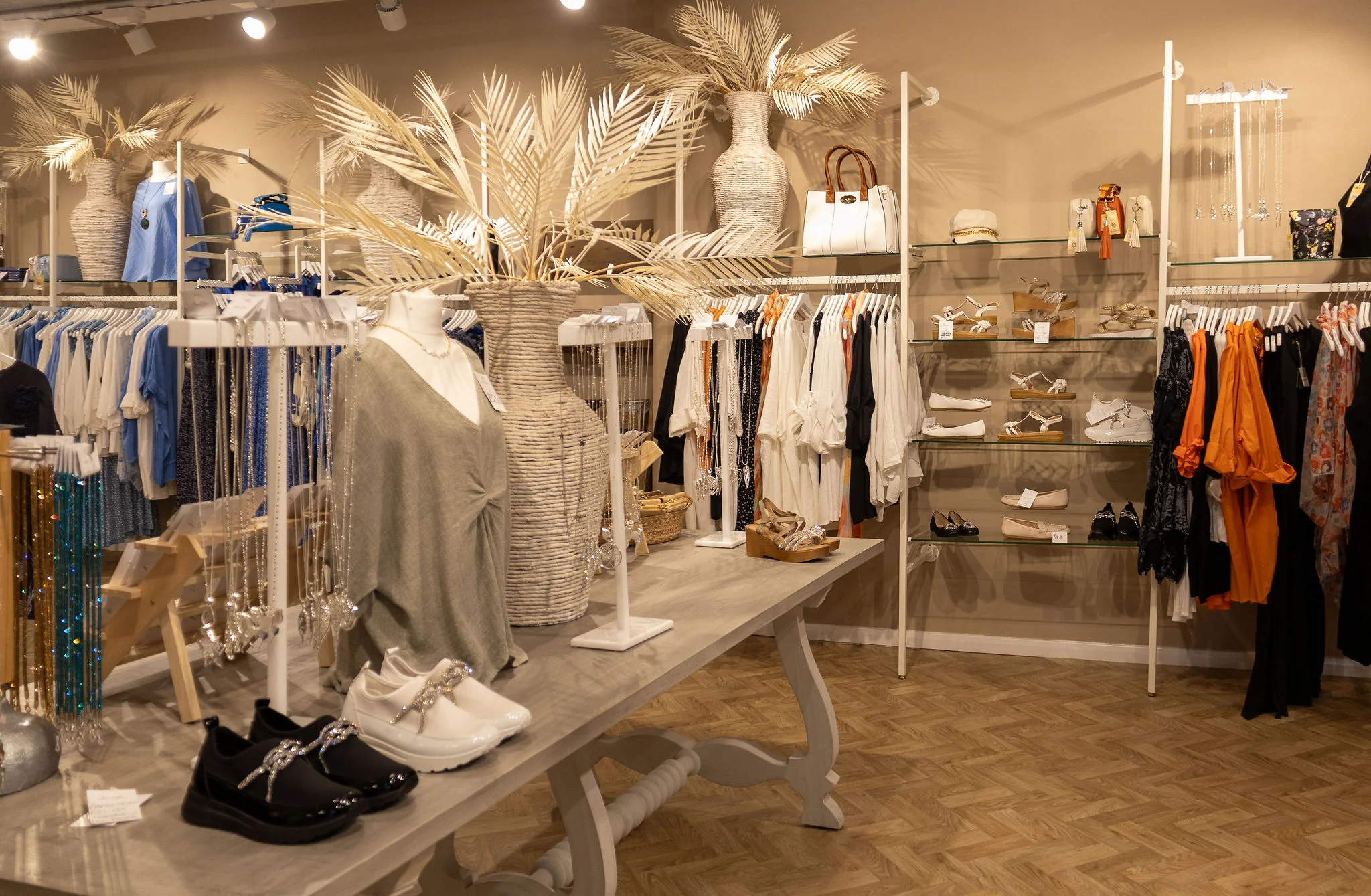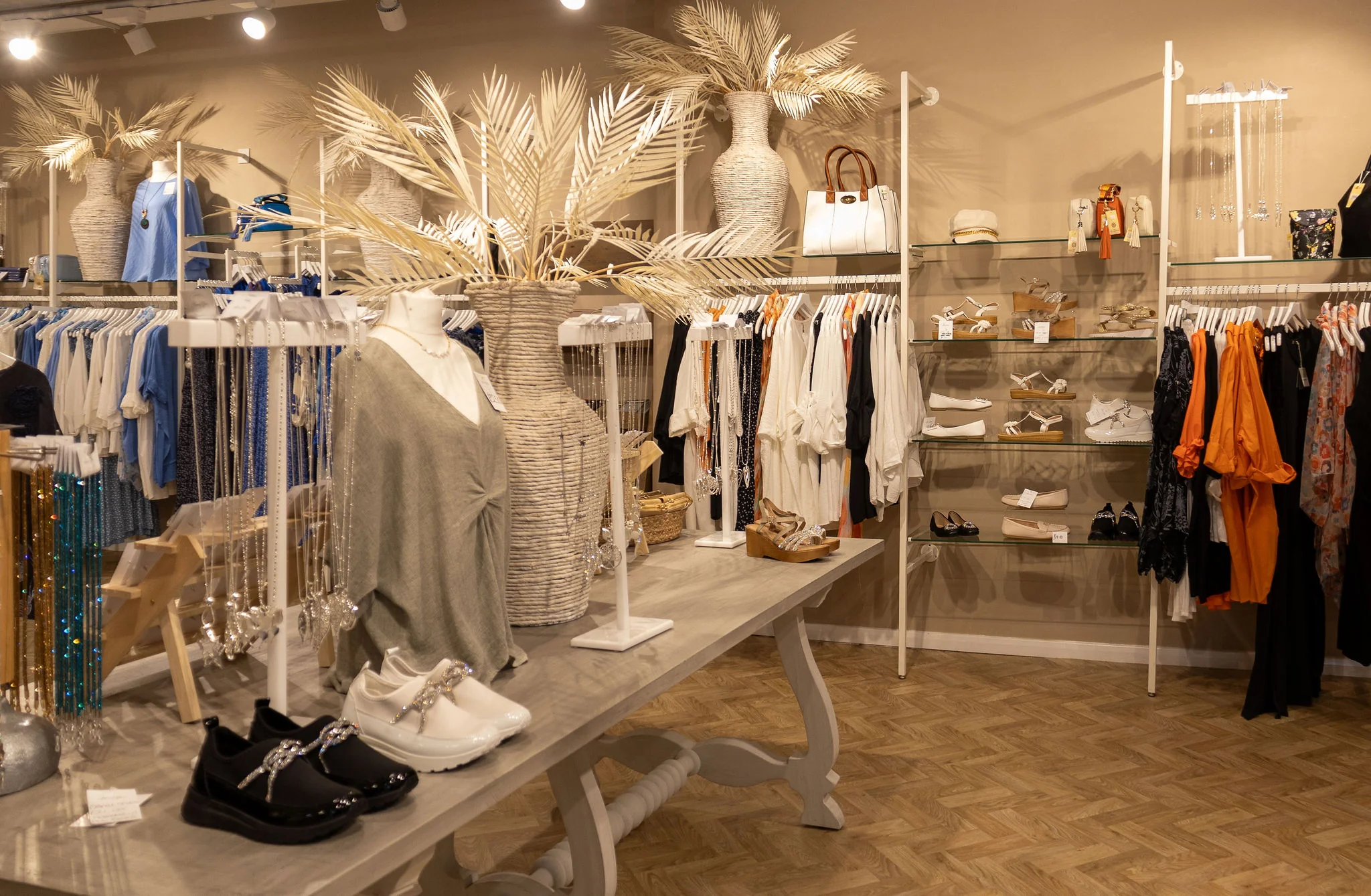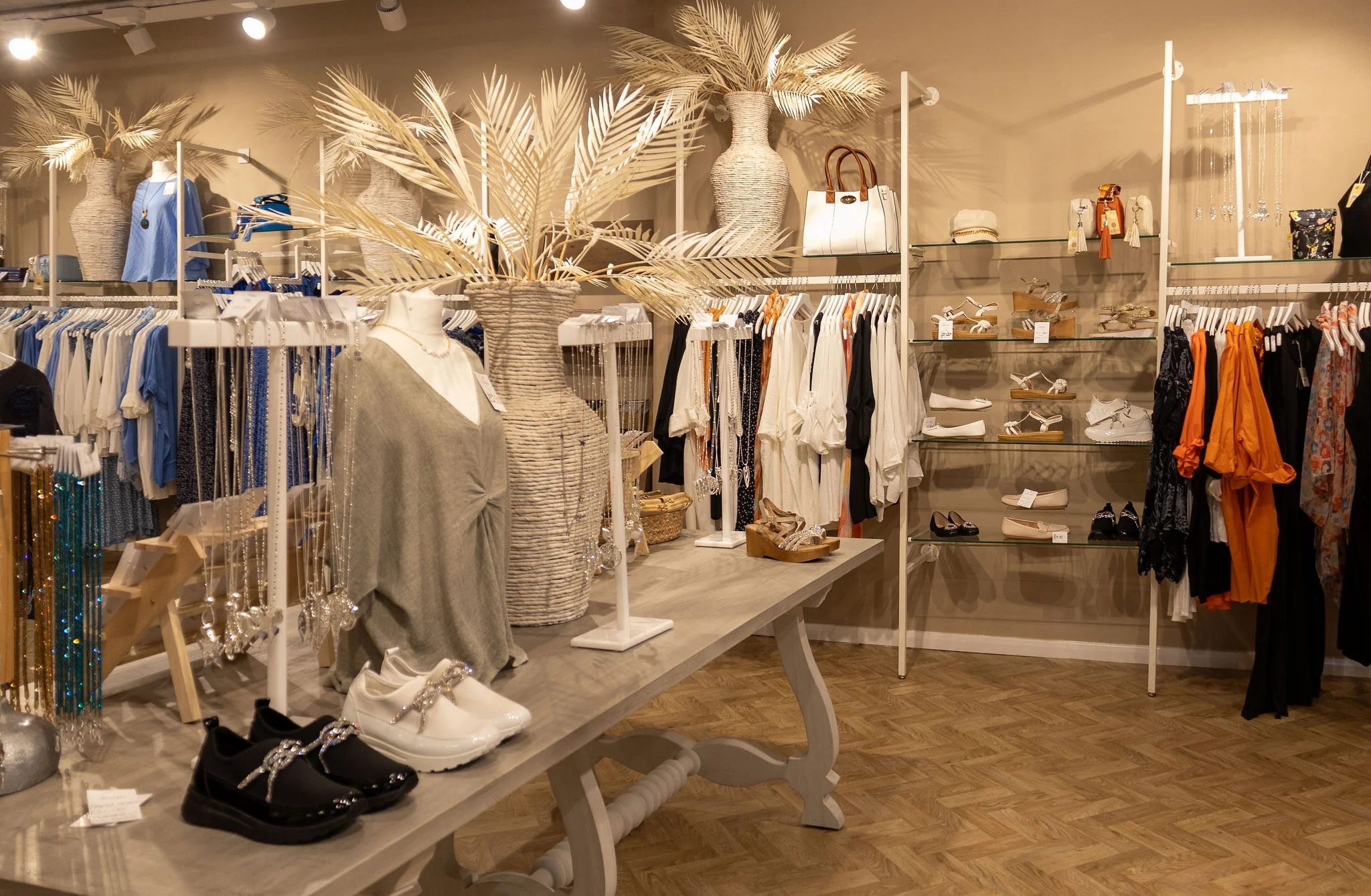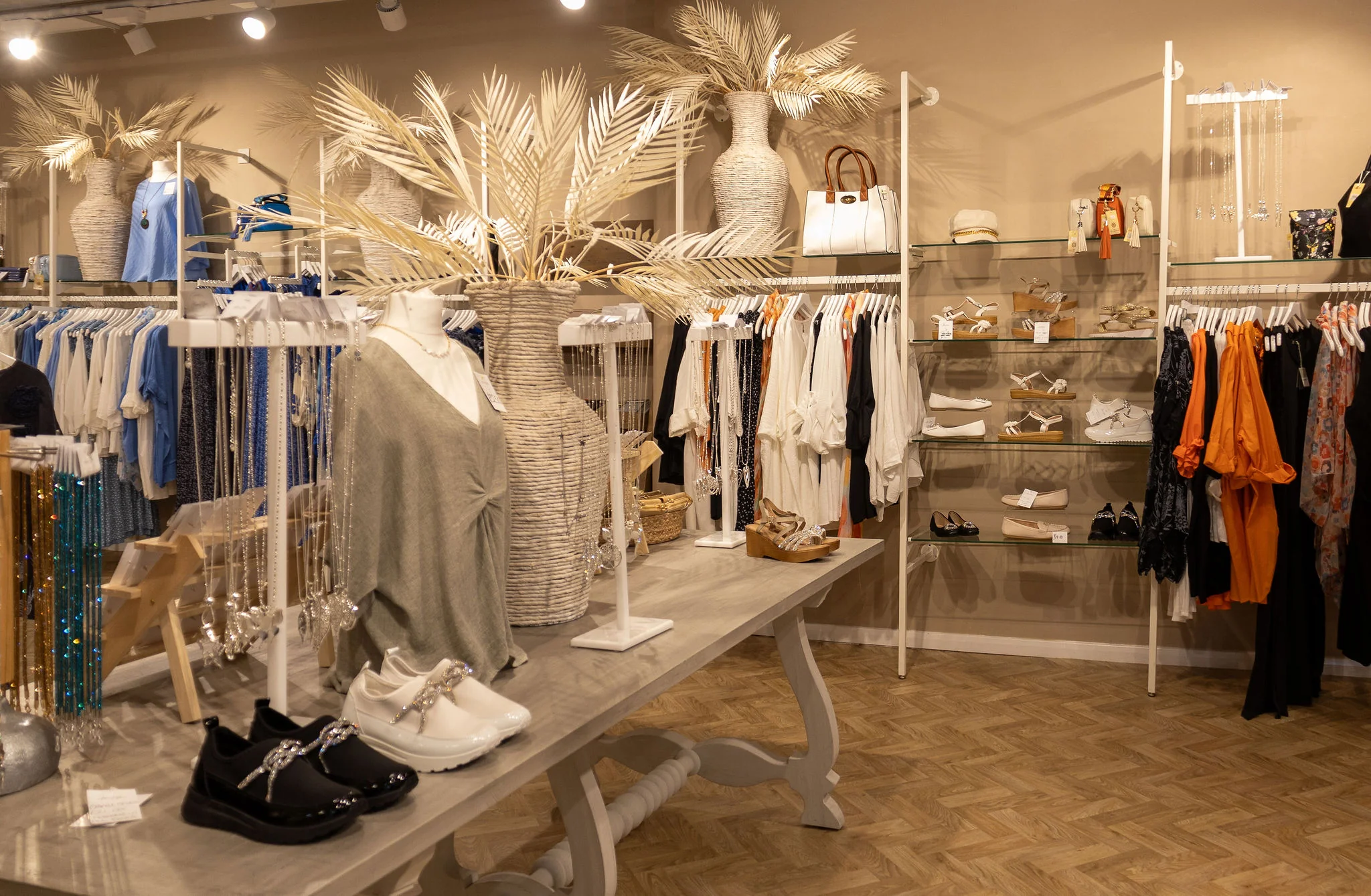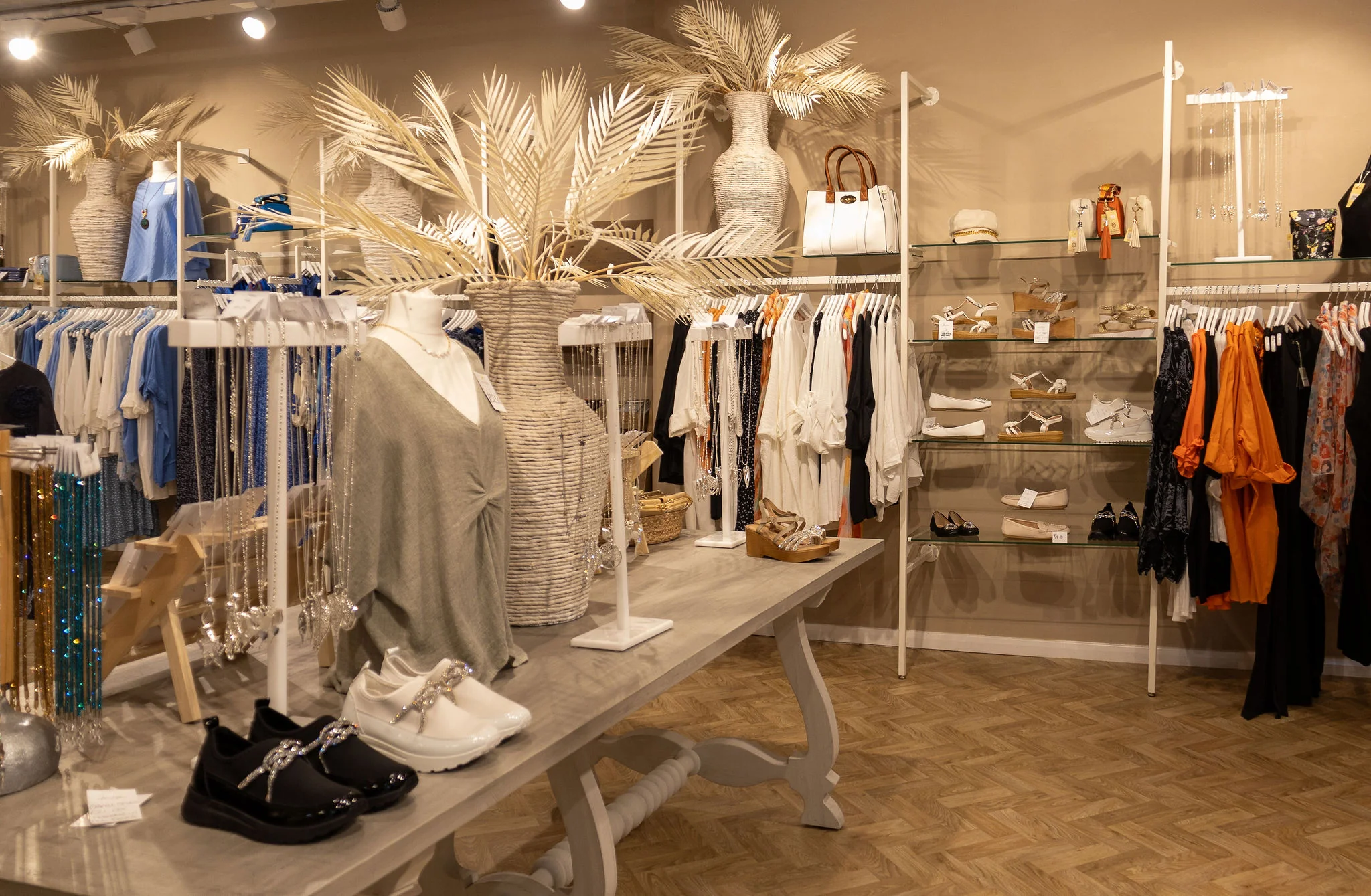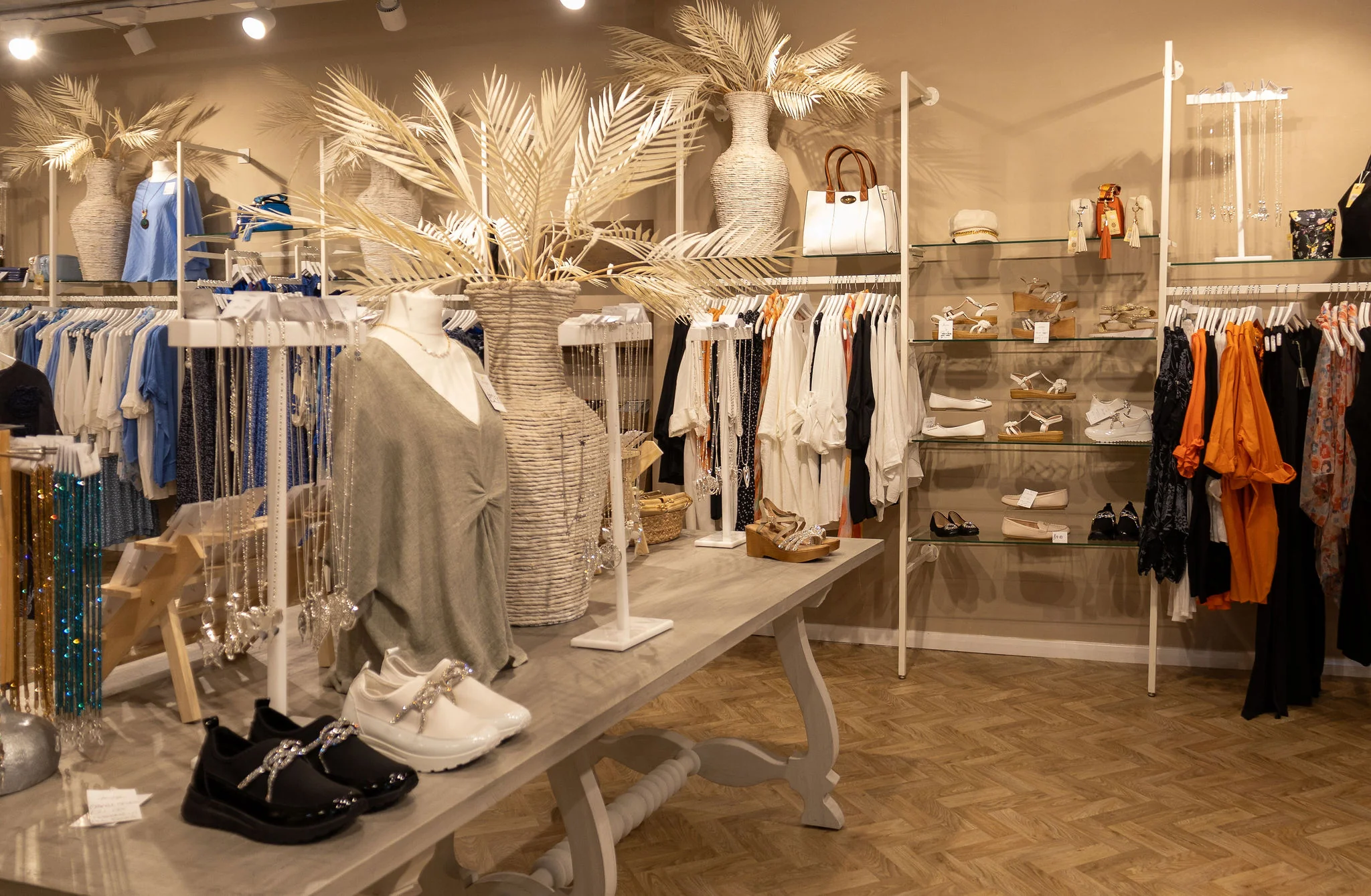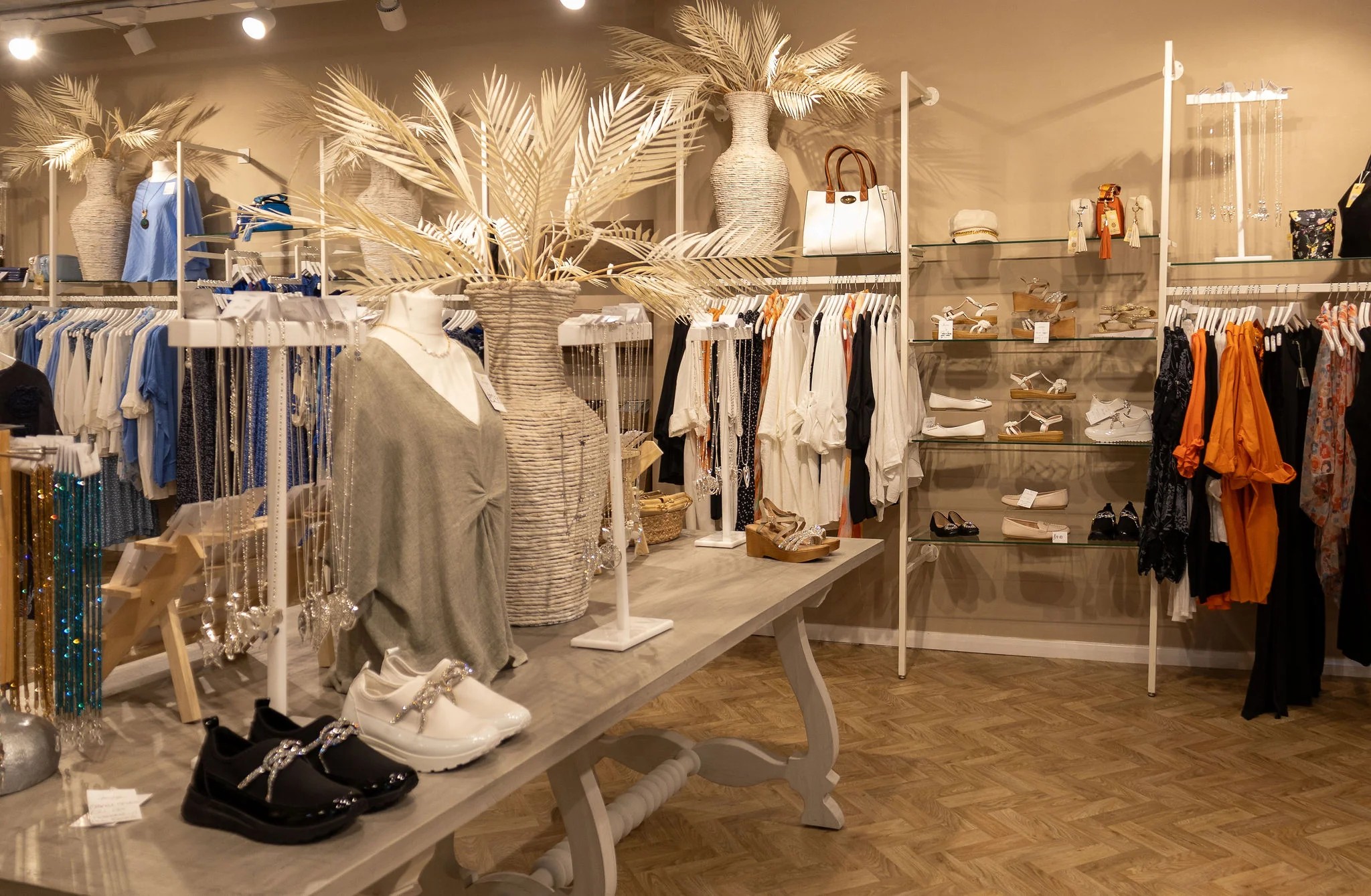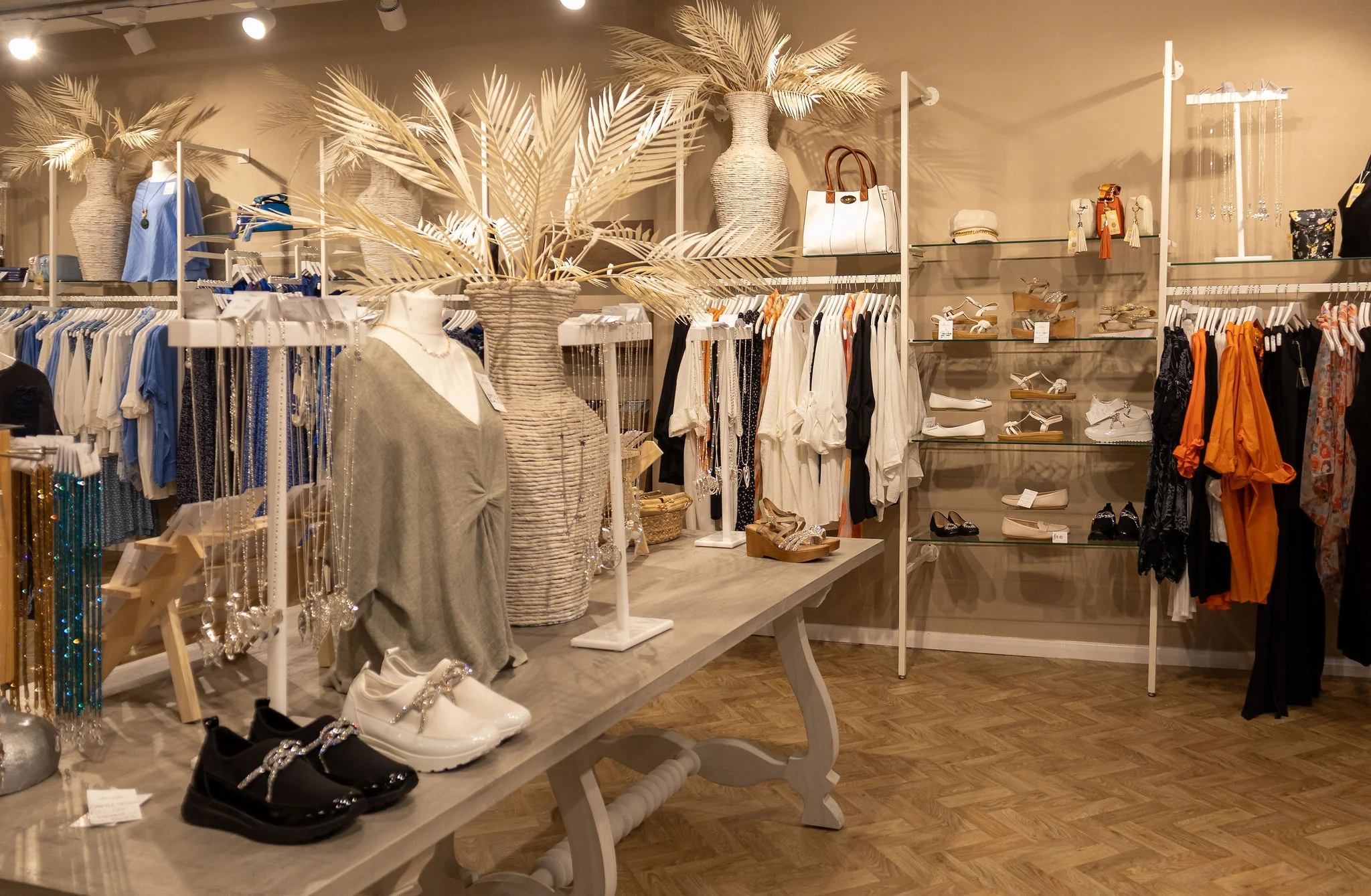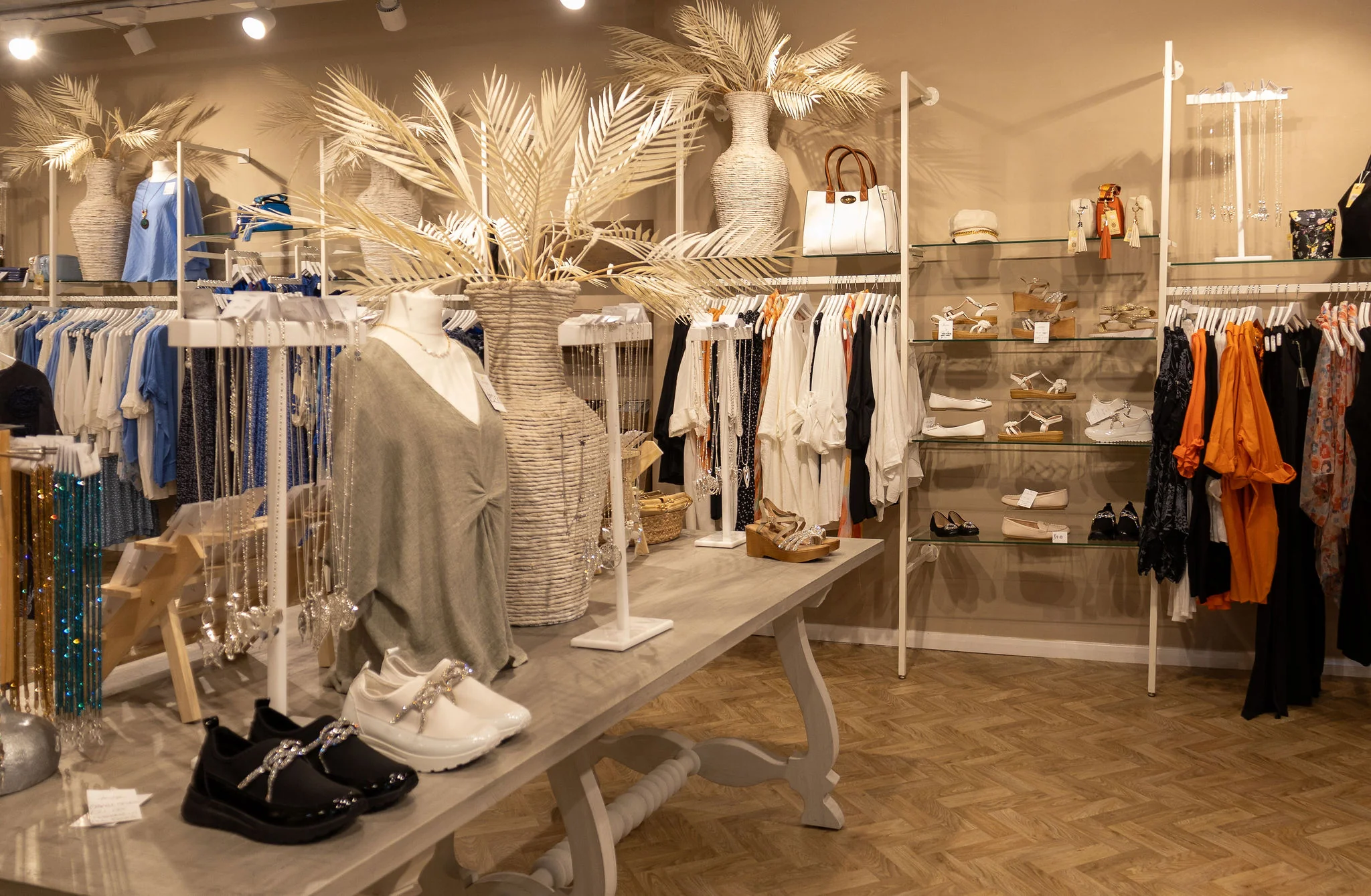Running a children's clothing shop comes with unique risks and challenges that standard retail insurance may not fully address. From …
Clothing Shop Theft Insurance: Protecting Your Retail Business from Stock Loss and Break-ins
Running a clothing shop comes with unique risks, and theft is unfortunately one of the most common challenges facing retail businesses today. Whether it's shoplifting, employee theft, or break-ins, the financial impact can be devastating for clothing retailers. Understanding clothing shop theft insurance and how it protects your business is essential for any fashion retailer looking to safeguard their investment.
Understanding Theft Risks in Clothing Retail
Clothing shops face multiple theft-related risks that can significantly impact profitability. Shoplifting remains the most visible threat, with high-value items like designer clothing, accessories, and footwear being prime targets. Professional shoplifters often target clothing stores due to the resale value of fashion items and the ease of concealment.
Employee theft presents another serious concern, accounting for a significant portion of retail losses. Staff members may steal merchandise, manipulate transactions, or provide unauthorized discounts to friends and family. The trust placed in employees makes this type of theft particularly damaging to business relationships and morale.
Break-ins and burglary pose additional risks, especially for clothing shops located in high-crime areas or those displaying expensive merchandise in windows. Criminals may target clothing stores for quick-grab raids, taking valuable items that can be easily sold on the black market.
What Clothing Shop Theft Insurance Covers
Comprehensive theft insurance for clothing shops typically covers several key areas. Stock and merchandise protection forms the foundation of coverage, compensating for stolen clothing, accessories, shoes, and other retail items. This includes protection against shoplifting, employee theft, and burglary losses.
Cash coverage protects money held on the premises, including till contents and petty cash. Many policies extend this protection to cover cash in transit, such as when making bank deposits or receiving deliveries from suppliers.
Equipment and fixtures coverage protects valuable retail equipment including point-of-sale systems, security cameras, display fixtures, and changing room equipment. This coverage ensures you can quickly replace stolen items necessary for daily operations.
Business interruption protection compensates for lost income when theft incidents force temporary closure or significantly impact trading ability. This might occur after a major break-in requiring extensive repairs or security upgrades.
Specific Considerations for Clothing Retailers
Clothing shops have unique insurance needs that differ from other retail businesses. Seasonal stock variations mean coverage limits must accommodate peak inventory periods, such as before Christmas or during back-to-school seasons. Insurance policies should be flexible enough to handle these fluctuations without leaving gaps in protection.
High-value items require special consideration, particularly for boutiques selling designer clothing or luxury accessories. Standard coverage limits may be insufficient for premium merchandise, necessitating additional protection or higher policy limits.
Display window coverage is crucial for clothing shops that showcase merchandise in street-facing windows. These displays attract customers but also present theft opportunities, especially during quiet periods or overnight.
Changing room theft presents unique challenges, as customers have legitimate reasons to handle merchandise in private spaces. Insurance policies should account for losses occurring in fitting areas where supervision is limited.
Types of Theft Insurance Policies
Several insurance options are available for clothing shop owners. Commercial crime insurance provides comprehensive protection against various theft scenarios, including employee dishonesty, forgery, and computer fraud. This type of policy offers broad coverage suitable for most clothing retailers.
Stock protection insurance focuses specifically on merchandise theft, offering detailed coverage for inventory losses. This specialized protection is ideal for clothing shops with high-value stock or those experiencing frequent theft incidents.
Money and goods in transit insurance protects cash and merchandise while being transported. This coverage is essential for clothing shops that regularly move stock between locations or make frequent bank deposits.
All-risks insurance provides the broadest protection, covering theft alongside other perils like fire, flood, and accidental damage. While more expensive, this comprehensive approach ensures complete protection for clothing retailers.
Factors Affecting Insurance Premiums
Several factors influence the cost of clothing shop theft insurance. Location plays a significant role, with shops in high-crime areas facing higher premiums due to increased risk exposure. Urban locations typically cost more to insure than suburban or rural shops.
Security measures significantly impact premium calculations. Shops with comprehensive security systems, including CCTV, alarms, and secure storage, often qualify for substantial discounts. Regular security assessments and upgrades can lead to ongoing premium reductions.
Stock value and turnover affect coverage costs, with higher-value inventory requiring more expensive protection. Seasonal businesses may benefit from adjustable coverage that reflects changing stock levels throughout the year.
Claims history influences future premiums, with shops experiencing frequent theft claims facing higher costs. Implementing effective loss prevention measures can help maintain favorable premium rates.
Loss Prevention Strategies
Effective theft prevention reduces both losses and insurance costs. Staff training is crucial, teaching employees to recognize suspicious behavior, properly handle transactions, and follow security protocols. Regular training updates ensure staff remain vigilant and informed about new theft techniques.
Physical security measures form the foundation of theft prevention. Quality CCTV systems, both visible and concealed cameras, deter theft while providing evidence for insurance claims and prosecutions. Proper lighting, secure locks, and alarm systems create multiple barriers against break-ins.
Inventory management systems help identify theft patterns and stock discrepancies. Regular stock checks, secure storage procedures, and controlled access to storage areas minimize opportunities for employee theft.
Customer service excellence can deter shoplifting while improving the shopping experience. Attentive staff who engage with customers create an environment where theft becomes more difficult and less likely.
Making a Theft Insurance Claim
When theft occurs, prompt action is essential for successful insurance claims. Immediately contact the police to report the incident and obtain a crime reference number. This official documentation is typically required for insurance claims processing.
Document everything thoroughly, including photographs of damage, lists of stolen items, and witness statements. Detailed records support claim validation and speed up the settlement process.
Notify your insurance provider as soon as possible, providing all relevant documentation and cooperating fully with their investigation. Many insurers have 24-hour claim reporting services for urgent situations.
Preserve evidence until investigators complete their work, avoiding unnecessary cleanup or repairs that might compromise the investigation. Professional crime scene preservation may be necessary for serious incidents.
Choosing the Right Insurance Provider
Selecting appropriate theft insurance requires careful consideration of several factors. Look for insurers with specific experience in retail insurance who understand the unique challenges facing clothing shops. Specialized knowledge leads to better coverage options and more accurate risk assessment.
Financial strength ratings indicate an insurer's ability to pay claims, particularly important for businesses relying on insurance for recovery from major losses. Choose insurers with strong ratings from recognized agencies.
Claims handling reputation affects your experience during stressful periods following theft incidents. Research insurers' claims processes, response times, and customer satisfaction ratings before making decisions.
Local presence can be valuable for clothing shop owners who prefer face-to-face service and quick response times. Local agents often provide more personalized service and better understanding of regional risk factors.
Cost-Benefit Analysis
Evaluating theft insurance costs against potential benefits requires realistic assessment of risk exposure. Calculate potential losses from various theft scenarios, considering both direct losses and business interruption costs.
Compare insurance premiums against self-insurance alternatives, remembering that major theft incidents can devastate uninsured businesses. The peace of mind provided by comprehensive coverage often justifies the expense.
Consider the broader business impact of theft beyond immediate financial losses. Customer confidence, staff morale, and business reputation can all suffer following major theft incidents, making insurance protection even more valuable.
Regulatory and Legal Considerations
Clothing shop owners must understand their legal obligations regarding theft prevention and reporting. Some jurisdictions require specific security measures or mandate reporting of theft incidents above certain thresholds.
Employment law considerations affect how businesses handle suspected employee theft. Proper procedures must be followed to avoid wrongful dismissal claims or other legal complications.
Data protection requirements may apply when installing security systems or handling customer information during theft investigations. Ensure compliance with relevant privacy laws and regulations.
Future Trends in Retail Theft Protection
Technology continues to evolve theft protection options for clothing retailers. Advanced CCTV systems with facial recognition, RFID tagging, and smart alarms provide increasingly sophisticated protection options.
Insurance products are adapting to new risks, including cyber theft and online fraud affecting omnichannel retailers. Modern clothing shops need coverage that addresses both physical and digital theft risks.
Collaborative approaches between retailers, insurers, and law enforcement are developing new strategies for theft prevention and recovery. Participation in these initiatives can provide additional protection and potential premium discounts.
Conclusion
Clothing shop theft insurance provides essential protection for retail businesses facing increasing theft risks. Comprehensive coverage protects against shoplifting, employee theft, and break-ins while providing business interruption support when needed most.
Choosing appropriate coverage requires careful assessment of specific risks, proper valuation of stock and equipment, and selection of experienced insurance providers. Combined with effective loss prevention strategies, quality theft insurance ensures clothing retailers can focus on serving customers and growing their businesses without constant worry about theft losses.
The investment in comprehensive theft protection pays dividends through reduced losses, faster recovery from incidents, and the peace of mind that comes from knowing your business is properly protected. For clothing shop owners serious about protecting their investment, quality theft insurance is not just advisable—it's essential for long-term success.


 0330 127 2333
0330 127 2333

